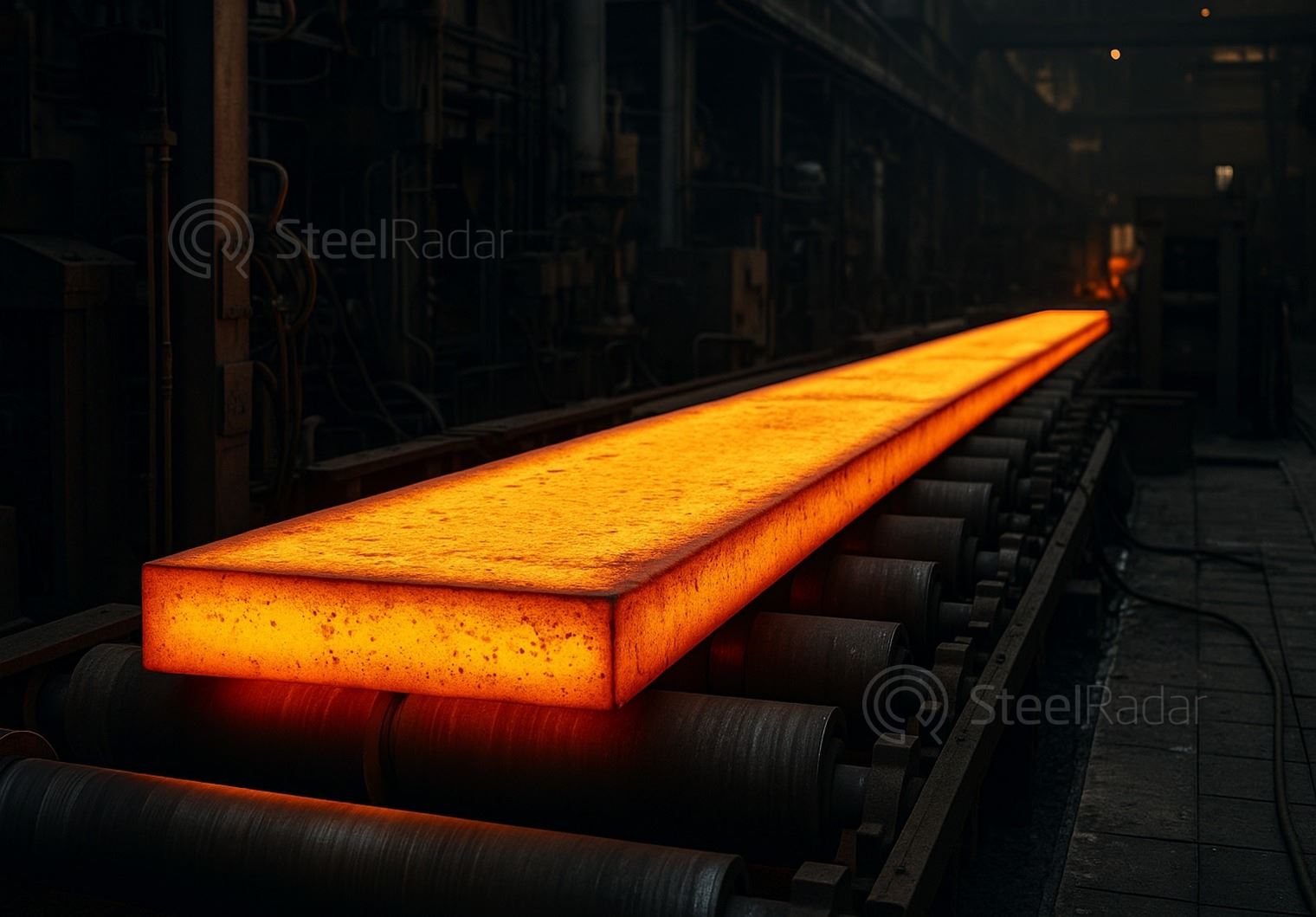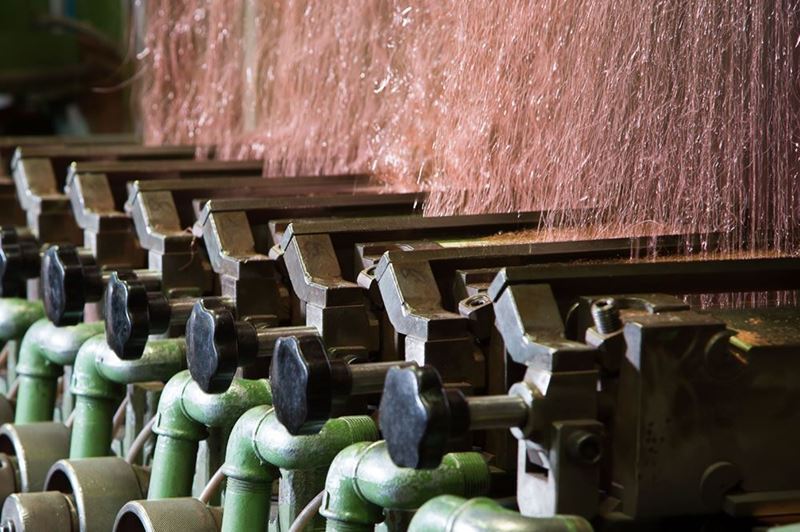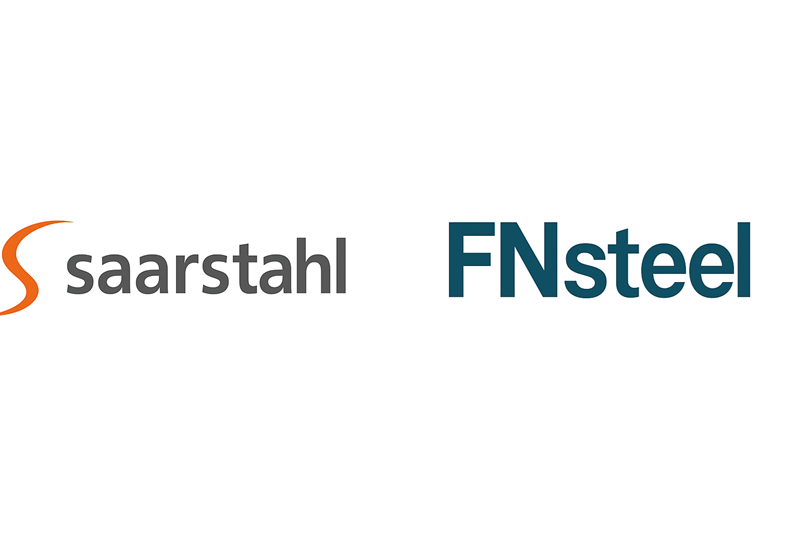According to the latest projections by the OECD, global excess steel production capacity is expected to reach 721 million tonnes by 2027. This level of surplus marks a serious inflection point for the sustainability of the industry. The projected overcapacity would exceed the current combined output of all OECD member countries by 290 million tonnes.
Given that demand growth is expected to remain sluggish, capacity utilization could once again drop toward the 70% level—putting even the most competitive steel producers under significant financial pressure.
China’s Role Grows Stronger
As the world’s largest producer, China remains the main driver of global oversupply. While domestic demand has slightly weakened in recent months, more than 60% of steel mills across the country are reportedly operating profitably. Just a year ago, that figure was closer to 30%.
The biggest capacity expansions are concentrated in China, India, the Middle East, and Southeast Asia—indicating that supply-side pressure will only intensify in an already saturated market rife with trade tensions.
Europe: Caught Between Two Fires
Europe’s steel industry is squeezed between China’s dumping policies and the United States' aggressive tariffs.
High energy costs and strict EU environmental regulations further erode competitiveness. Europe desperately needs export revenue, yet it is losing market access due to America's protectionist stance.
United States: Strategic Product, Political Priority
Steel is one of the rare sectors where both the Biden and Trump administrations find common ground. For the U.S., steel is a matter of national strategy. Through high import tariffs, Washington aims to protect domestic production while intensifying pressure on Chinese-origin products.
The U.S. views steel not just through an economic lens, but also as a national security concern. Tax incentives and infrastructure investments are being deployed to support local producers. However, this approach risks creating new tensions with trade partners.
A Green Future Shadowed by Uncertainty
European producers appear focused on the green steel transition, with major companies making progress in hydrogen-based steelmaking. Yet, these methods are still 30–60% more expensive than traditional production techniques. Combined with market instability, this cost disparity threatens the feasibility of green investments.
Moreover, the demand pool for low-carbon steel remains shallow. To secure a lasting foothold in the market, green products will require both stronger policy support and broader customer commitment.
The Spiral Deepens: Neither Reducible nor Sustainable
Reducing steel production poses significant risks—ranging from rising unemployment to energy security issues. But continuing production under current conditions erodes profit margins, worsens environmental impacts, and escalates global competition.
The future of the steel industry is not just an economic matter, but a test of environmental and geopolitical balance as well.









Comments
No comment yet.